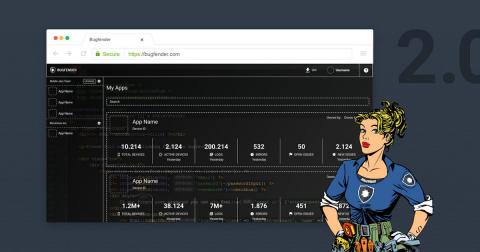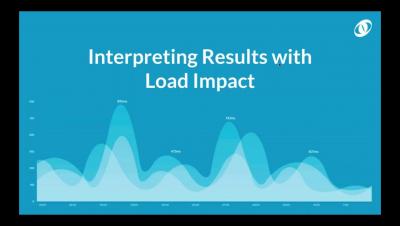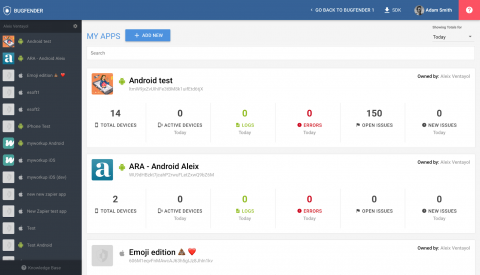Bugfender 2.0 - Behind the Scenes
As developers at Mobile Jazz, we know the headache of finding, reproducing, and fixing bugs in mobile apps. Several years ago, we got so fed up debugging mobile apps remotely that we started building a solution for ourselves. We did it by creating a way to remotely access the logging facilities of users’ devices. We built a makeshift server for application logs that allowed us to fix bugs across devices and continents.







